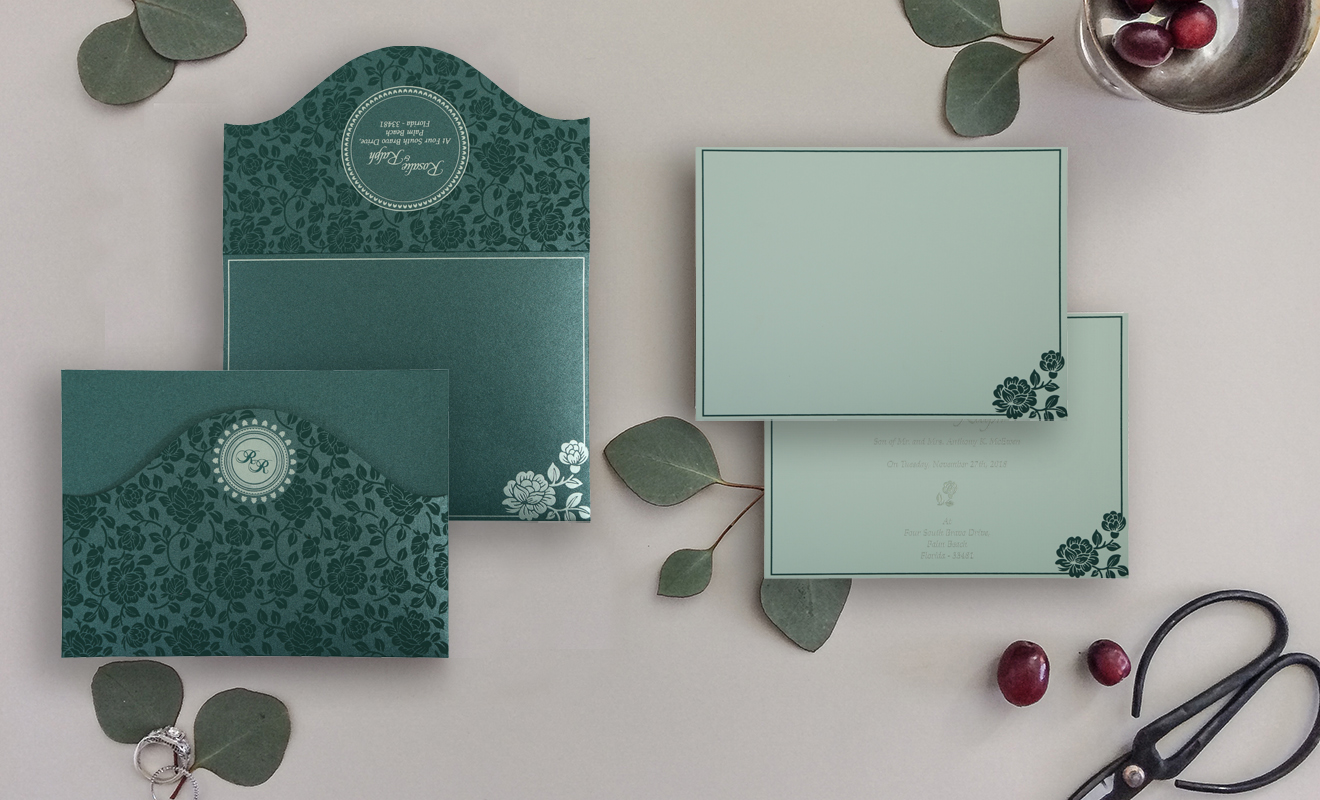In the era of everything turning digital, many parts of Indian weddings are also on the same road. Digital Wedding Cards or e-invites are the newest rages, and most contemporary brides & grooms choose for them. And with a profusion of designs accessible on the web, you can simply choose the ones that fits you the best. In terms of Indian wedding attire, there are many choices to pick from, including anything from the Sherwani to the Achkan to the Jodhpuri Suits and more. For Indian weddings and other special events, finding the perfect Indian bride and groom attire might be a challenge, but we’re here to assist.
Today, we’ll tell you more about Indian grooms’ attire, which is an excellent example of this new trend in Indian design.
Table of Contents
Anarkali Sherwani with a Double Stole
Men will love how they look and feel when they wear this dapper groom’s suit—topped off with a gold-worked sherwani jacket, Anarkali kurta, and bottoms! On one side, a pleated stole is draped with a jeweled belt. An additional stole in a dark teal tint with gold borders completes his attire, including a regal headpiece and moti mala.
Gold and Peach
Most men’s ideal Indian wedding attire is a sherwani like this one. Gold threadwork and zardozi work decorate the peach-colored jacket. Elements like the collar and shoulders are adorned. The matte gold tone of the flared kurta’s inner fabric is contrasted with dazzling gold zigzag designs. Tussar stoles are known for their ornately decorated borders.
Intricate zigzag patterns showed off the handiwork on the sherwani jacket and stole. The sherwani jacket’s flower and peacock embroidery at the sleeve hems and hemline provide a touch of exotica. The embroidered belt adds a special touch to the ensemble.
An Indian bride’s wedding attire is just as significant as any other bride’s as she plans her big day.
Bride’s Attire
The Lehenga for the Ceremony
It is customary for Indian brides to wear a lehenga during their weddings. Brides don’t wear white at traditional Asian weddings since it’s seen as a sign of sadness. Instead, they wear a vibrant sari that is representative of their ethnicity. Red is a favorite color for newlyweds since it symbolizes pleasure and good fortune. Those that want to make a statement, on the other hand, opt for hues like blue, orange, green, gold, and coral to make a statement. These vibrant lehengas are embellished with crystals and elaborate gold embroidery stitched with 24-karat gold thread. Finally, the bride is decked up with a lavish headdress and abundant jewels.
The Lehenga for the Reception
The Indian bride traditionally wears two saris, just as every bride wishes! She’ll frequently change into another lehenga after the wedding. Instead of the red lehenga for the ceremony, the bride may wear an alternative hue lehenga to the reception, such as one of the following: pinks. For their reception, some Indian-American women may choose to wear a westernized bridal gown to honor both traditions.
Jewelry
Indian brides wear a lot of jewelry made of 24-carat gold. If you look closely, you’ll notice people adorning themselves with necklaces, bangles, headpieces, finger and toe rings, math (nose rings), Kamar bandh belts, and many more! In addition to enhancing the bride’s beauty, most of the jewelry has sentimental value. Bangles are a sign of good fortune, fertility, and plenty for newlyweds! Roy Jewels have this article posted on their site about “how loose are nose rings supposed to be“, read and learn.
Henna
An integral part of an Indian bride’s wedding day ritual is the application of henna. Intricate swirls and patterns of henna applied the day before the wedding ceremony signify joy, beauty, and spiritual enlightenment. Traditionally used on the hands and feet, henna is an ink that dries and peels off to reveal a dark brown stain under the skin’s surface after application. Henna is also used to mark the bride and groom’s names. The groom is responsible for finding them.
Final Thoughts
Traditional and simple, an Indian wedding is one of the most revered worlds. Women should avoid wearing gowns that are too tight or too exposing. If you put a shawl or sweater over the top, avoid strapless dresses or gowns that expose your shoulders.

